From Innocence To Evil: Decoding Cinema's Milk Motif
Does Hollywood Really Demonize Milk in Movies?
Inglourious Basterds + Attendez la Crème!
When Quentin Tarantino’s World War II historical fiction film Inglourious Basterds premiered in 2009, my sister and I could not stop talking about one particular phrase featured in the film: “Attendez la Crème!”
This particular line of dialogue is uttered by Hans Landa (Christoph Waltz), a Nazi SS officer interrogating Shosanna (Mélanie Laurent), the operator of a movie theater the Nazis are considering as a location for the premiere of a propaganda film. (Previously, Landa had killed Shosanna’s entire family at a provincial dairy farm after drinking a glass of their milk, but when they meet, its unclear if he recognizes her.)
This interrogation takes place in a restaurant serving strudel that Landa deems “not terrible,” and demands they wait for the cream — “Attendez la Crème!” — before eating the dessert. In the same meal, Landa orders a cup of espresso for himself and a glass of milk for Shosanna.
The ordering of multiple dairy products in Inglourious Basterds can be read in many ways:
It makes Shosanna wonder if Landa recognizes her and remembers the massacre at the dairy farm. The glass of milk could simply be seen as patronizing to Shosanna, as if she were a child that couldn’t handle a coffee order.
The cream order could cause one to assume Landa doesn’t find a meal satisfying unless it includes dairy, (a product that requires the exploitation of animals, at least in some way) underlining his inability to empathize with other living beings and relish in his conquests. When Landa puts out his cigarette on the cream-covered strudel, is he asserting his dominance?
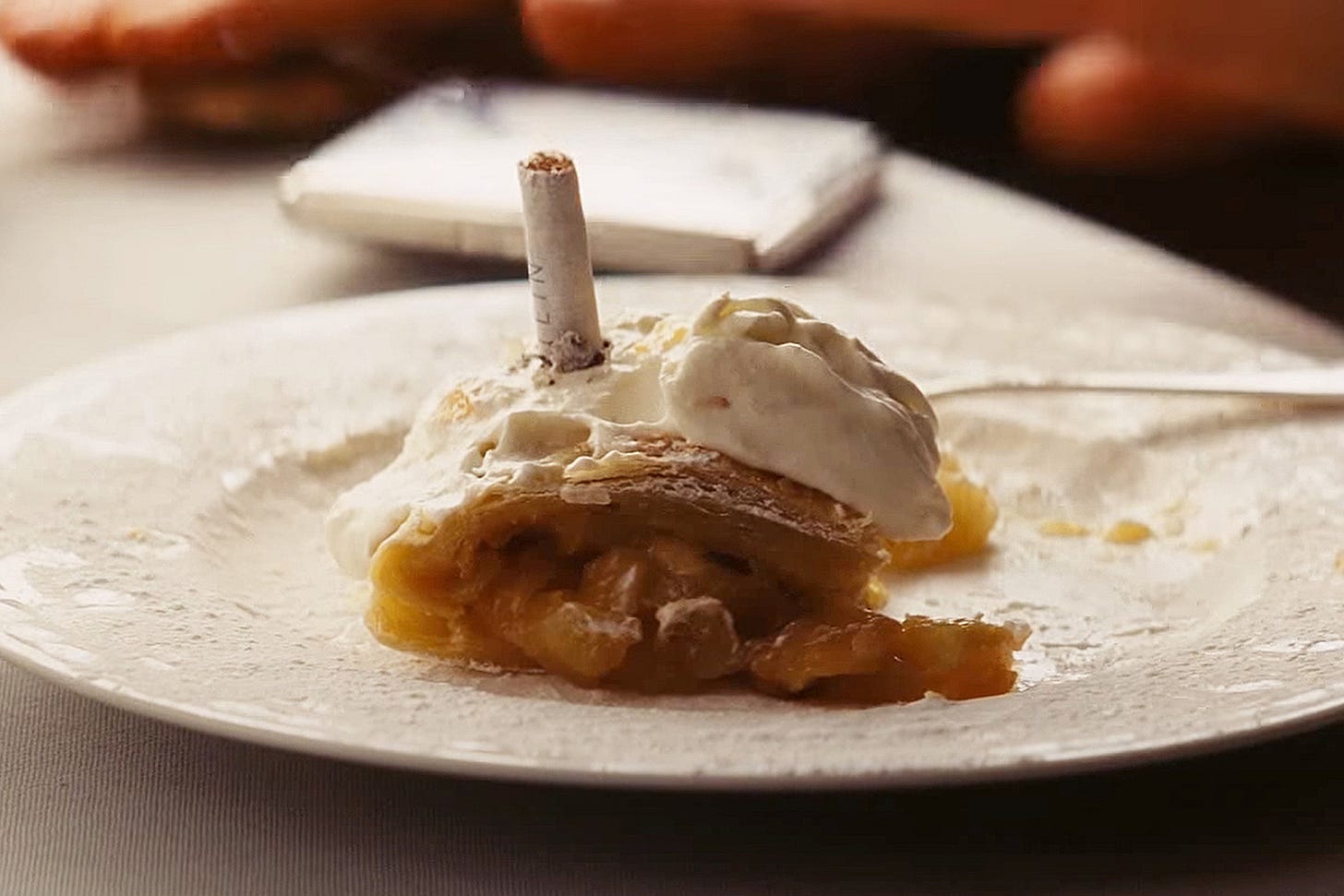
A cursory search on the internet will tell you that many are obsessed with Inglourious Basterds milk and cream imagery due to its association with Nazism, one of the purest and well-known forms of evil in recent memory.
Disclaimer: Film Flavor is a newsletter written for entertainment purposes only. While I do my best to write meaningful posts with good intentions and cite sources when I have the bandwidth, I do not have the capacity nor the expertise to fact-check research as a trained professional journalist would. Despite my best efforts, the Film Flavor newsletter may contain omissions, errors, or mistakes and cannot be relied upon for accuracy or correctness. Additionally, I am not a chef, doctor, nutritionist, or food professional, and it is the responsibility of the reader to consult qualified professionals and use good judgement to decide whether the ingredients, foods, drinks, recipes, and cooking instructions mentioned within Film Flavor are safe to use, follow, or consume. The Film Flavor newsletter does not contain any professional advice or guidance and its contents should not be considered as such. Read the full Film Flavor disclaimer on the Film Flavor About Page, here. Thank you!
Evil’s Association with Milk at the Movies
Evil has been visually portrayed using milk in a variety of films. I recently listened to an episode of the High Brow podcast by Mina Le in which she discusses some examples of milk associated with evil in film, but YouTube alone hosts a handful of video essays covering the subject.
A few notable examples have been called out by these creators: In Stanley Kubrick’s A Clockwork Orange, a group of young and violent characters drink some form of (potentially drug-)enhanced milk.
In Jordan Peele’s Get Out, Allison Williams’s character eats “deconstructed cereal;” dry fruit loops out of a bowl with sips of milk, demonstrating her mentally deranged behavior patterns.
A potentially poisoned glass of milk slowly makes its way to its drinker in Alfred Hitchcock’s Suspicion, making the viewer sit in suspense and fear the humble beverage.
In Luc Besson’s Leon the Professional, the main character is a hitman who drinks milk straight, which is seen as almost comedic because he’s supposed to be “hard” and “masculine” — two things milk is literally and culturally the opposite of.
However, it’s not like there are thousands of examples of milk-as-evil motifs. In fact, when scrubbing through my mental filing cabinets thinking of examples of milk in movies, its use seems to be more often associated with childhood and immaturity.
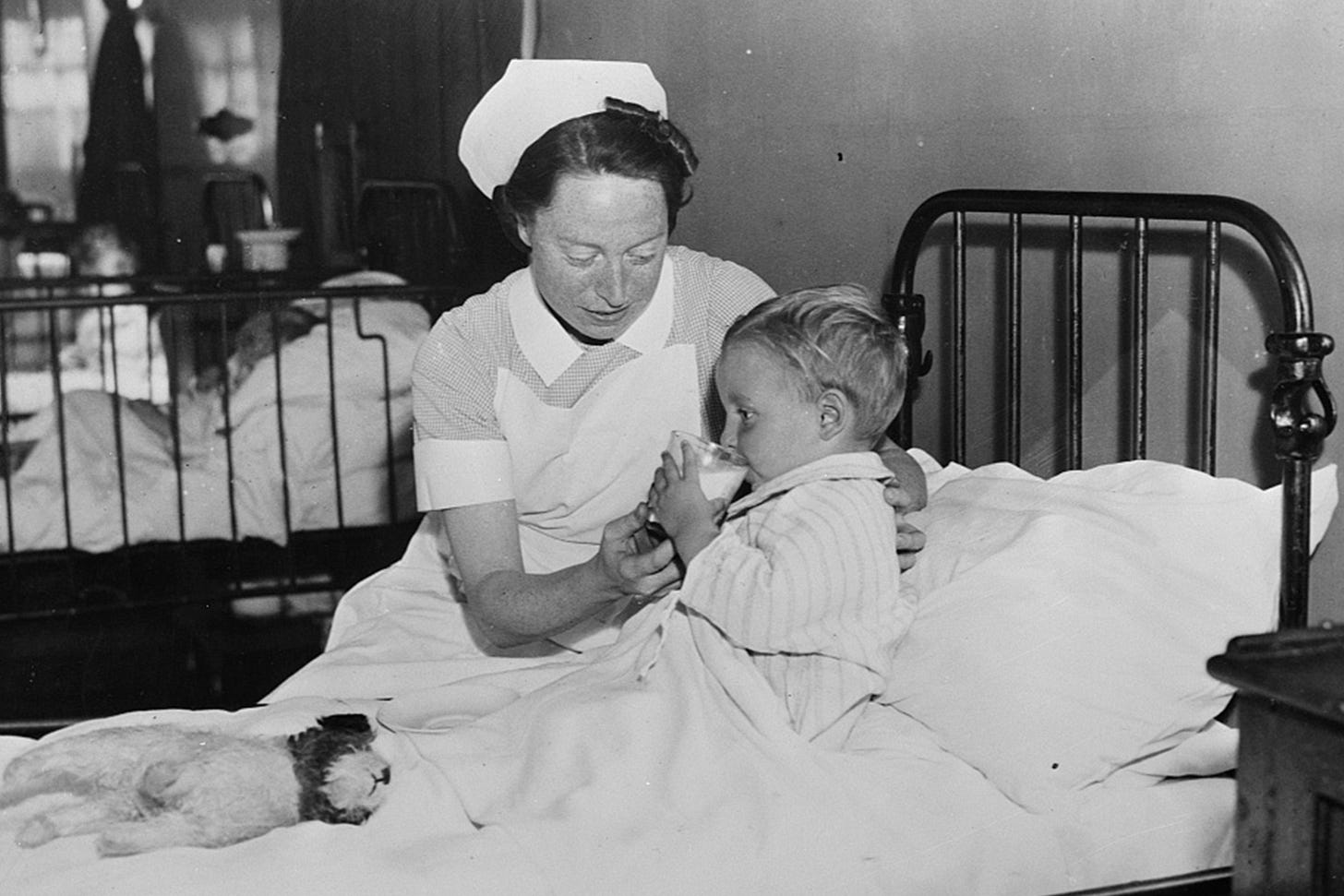
Milk is for Babies
Milk is associated with childhood because for many years throughout history, children were the main consumers of it. For many centuries, if a mother could not feed her child with her own breast milk for whatever reason, and did not get a wet nurse, the alternative was to feed the child milk from another mammal. Cows proved to be one of the more productive options, and soon their milk became so popular amongst kids that adults drank it more and more.
Still, milk’s popularity with those of all ages didn’t appear to change its association with childhood. Even in recent memory, most children in the United States are met with an array of flavored milk carton options daily in their public school cafeterias, as well as an onslaught of cereal and pro-milk advertising campaigns, such as the memorable Got Milk? campaign that launched in the 1990s.
All of this has led to many consumers associating the act of drinking milk with being a baby, toddler, or elementary-school-aged child. Hollywood writers recognize this phenomenon, and have used it as a storytelling device throughout the history of cinema.
In Rebel Without A Cause, James Dean plays a teenager who tries to act tough, but ultimately is seen guzzling milk straight from the bottle, reminding viewers of his age. In Steven Spielberg’s Catch Me If You Can, for example, after Leonardo DiCaprio’s character impersonates a pilot, he orders a glass of milk from a flight attendant, symbolizing his immaturity and anxiety about being caught in an adult lie with major consequences at a young age.
Turning to children’s media, Disney Channel Original Movies* were ripe with dairy. In 2006’s Cow Belles (starring Aly & AJ Michalka), spoiled teenage girls are forced to work in the family dairy business. Milk is certainly present throughout the made-for-tv movie, but is often used to put the girls in situations where they are confronted with their own callowness.
*Extra Credit Reading: This past week, I authored a guest post outlining The 10 Best Disney Channel Original Movies over on Feature Presentation Video
While not milk-specific, the television adaptation of Madeline, a children’s TV show about a young french girl, featured a storyline in which the titular character turns up her nose at ice cream in favor of vegetables and milk due to her desire to grow taller and be more adult. In another episode, the children commit a variety of ridiculous antics involving cheese, further emphasizing dairy’s association with childlike play.
Does Our Culture Really Demonize Milk?
Nearly half of Europe’s Gen Z population is “ashamed” to order milk in public. While the so-called demonization of cow’s milk (or at least its association with naïveté) in media and culture could be a factor in young people's aversion towards dairy, I believe there are more practical factors, too.
As a vegan myself, I’m the first to admit that dairy’s impact on the environment versus its plant-based alternatives is complicated to say the least. While plant-based milks are generally better for the planet, they aren’t a magical solution, each coming with their own set of environmental concerns. Still, in 2020, The Guardian pointed out a study that showed “producing a glass of dairy milk results in almost three times more greenhouse gas emissions than any plant-based milk and [consumes] nine times more land than any of the milk alternatives.”
Targeting Gen Zers too ashamed to order anything but almond, soy, or oat milk at cafes, the Milk Processor Education Program is back with another (potentially illegal) Got Milk? advertisement: this time starring Aubrey Plaza.
In the ad (above), Aubrey Plaza parodies nut milk companies by stating she is the founder of Wood Milk. (Wood Milk, of course, produces milk made from wood.) “If a tree falls in the forest,” she asks, “can you make milk out of it?”
To me, the advertisement is a clear attempt by cow’s milk companies and organizations (or, unofficially, Big Dairy™) to win back younger generations with humor. This advert is indicative to me that there is no end to the milk controversy in sight.
Does our culture demonize milk? Of course. Do we glorify milk just as much? Ask Aubrey Plaza.
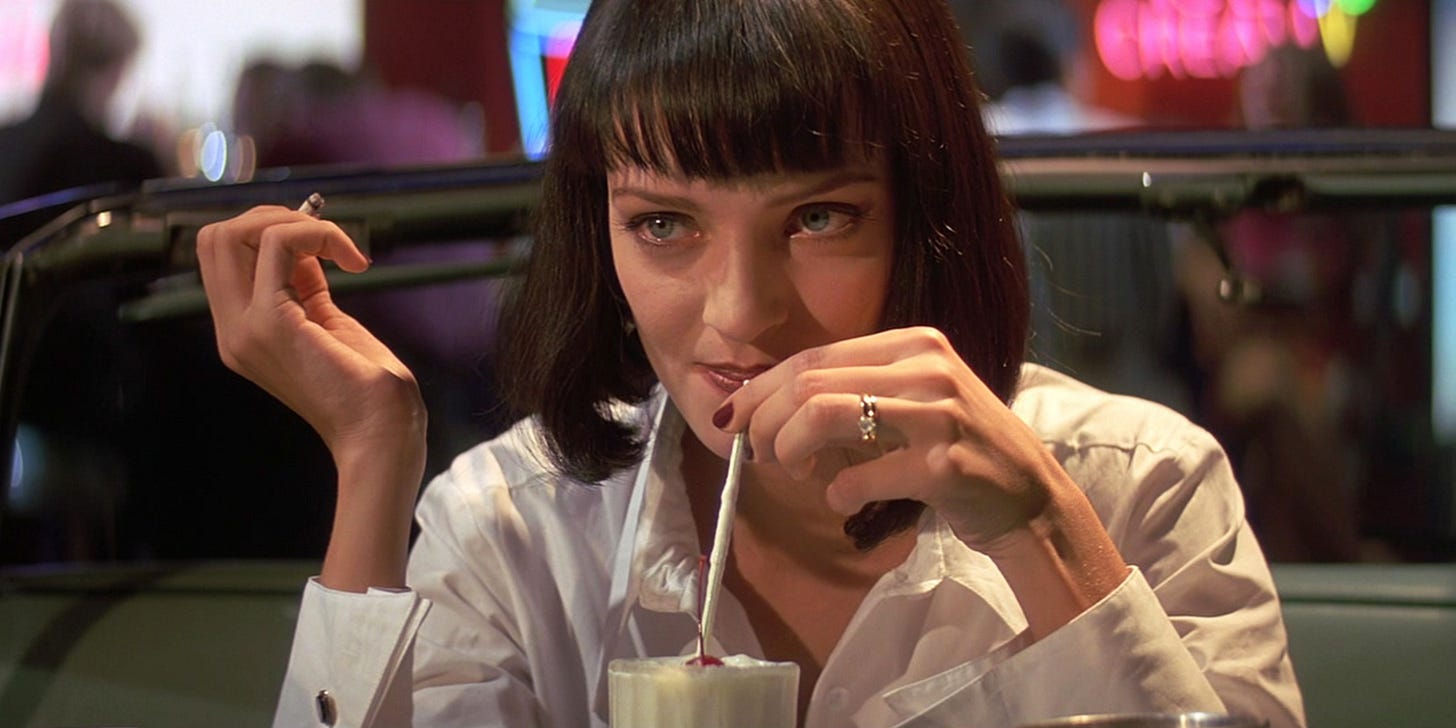
Media’s Representation of Milk Moving Forward
Drinking animal-sourced milk may always be controversial, so what does that mean for Hollywood?
In an attempt to limit dairy consumption and preserve the environment, perhaps western society will taper consumption of milk in its liquid form. However, I predict, just as a baby weaning off breastfeeding needs other nutrition to sustain itself, society may only be able to wean off milk as a beverage if the more delectable and decadent forms of dairy are allowed as a treat.
I’m willing to bet this dietary shift will likely be reflected on screen. I anticipate full-on glasses of milk will become less and less prevalent in movies and television. On the flip side, I think other forms of dairy on screen — cheeses, butters, ice creams, gelatos, milkshakes, Boston cream doughnuts, et al. — aren’t going anywhere fast.
The indulgent nature of these more rich forms of dairy could consequently move milk’s connotation further and further away from associations with childhood and evil, and closer to a more hedonistic implication. Perhaps in a world increasingly filled with gluten-free, dairy-free pizzas, seeing a movie star devour a classic slice of real cheese pizza will be provocative.
While an ice cold glass of milk on celluloid might be a thing of the past, the cinematic milkshake will still be celebrated.
In Case You Missed It…
If you’re interested in more Film Flavor, please consider subscribing and sharing this post with friends and foes via the buttons below!
And please, leave me a comment + let me know what your favorite movie milk scenes are!
With gratitude,
Disclaimer: Film Flavor is a newsletter written for entertainment purposes only. While I do my best to write meaningful posts with good intentions and cite sources when I have the bandwidth, I do not have the capacity nor the expertise to fact-check research as a trained professional journalist would. Despite my best efforts, the Film Flavor newsletter may contain omissions, errors, or mistakes and cannot be relied upon for accuracy or correctness. Additionally, I am not a chef, doctor, nutritionist, or food professional, and it is the responsibility of the reader to consult qualified professionals and use good judgement to decide whether the ingredients, foods, drinks, recipes, and cooking instructions mentioned within Film Flavor are safe to use, follow, or consume. The Film Flavor newsletter does not contain any professional advice or guidance and its contents should not be considered as such. Read the full Film Flavor disclaimer on the Film Flavor About Page, here. Thank you!
Bonus Reading:
Bonus Image:
If you made it all the way to the end of this, I have a treat for you: Please enjoy this awful photograph taken during the five seconds during which I stood next to Christoph Waltz at a Sirius XM event. 😭


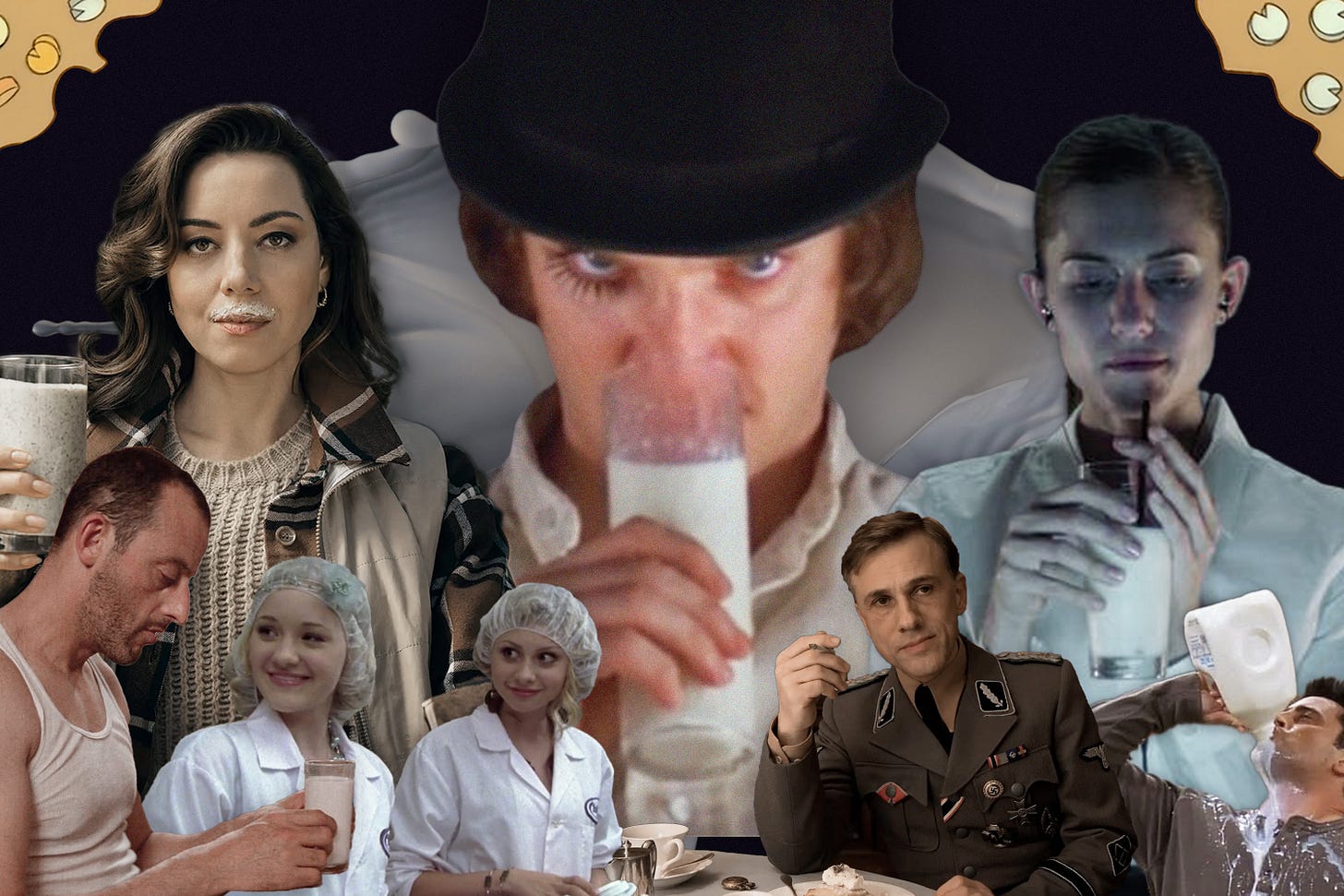
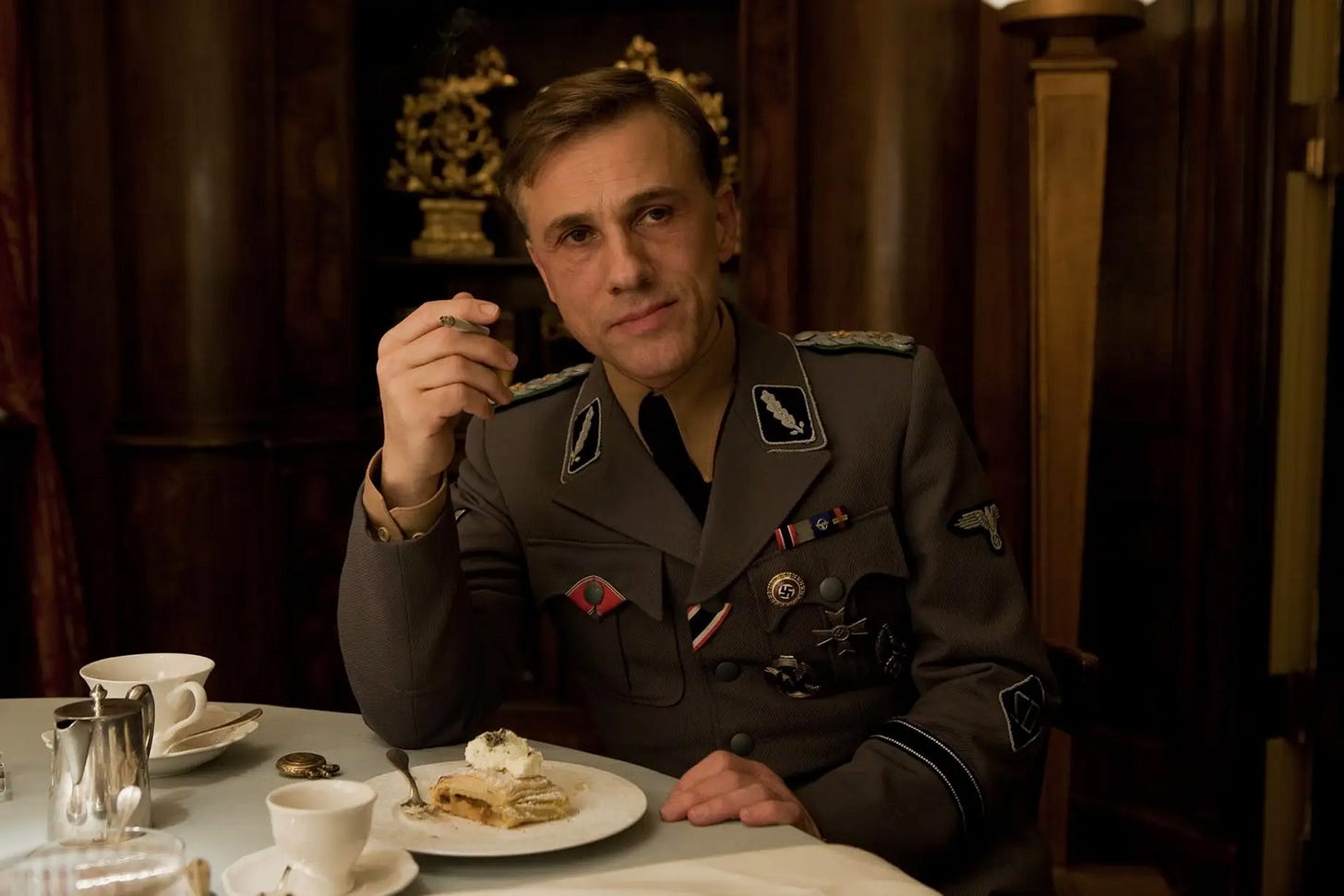

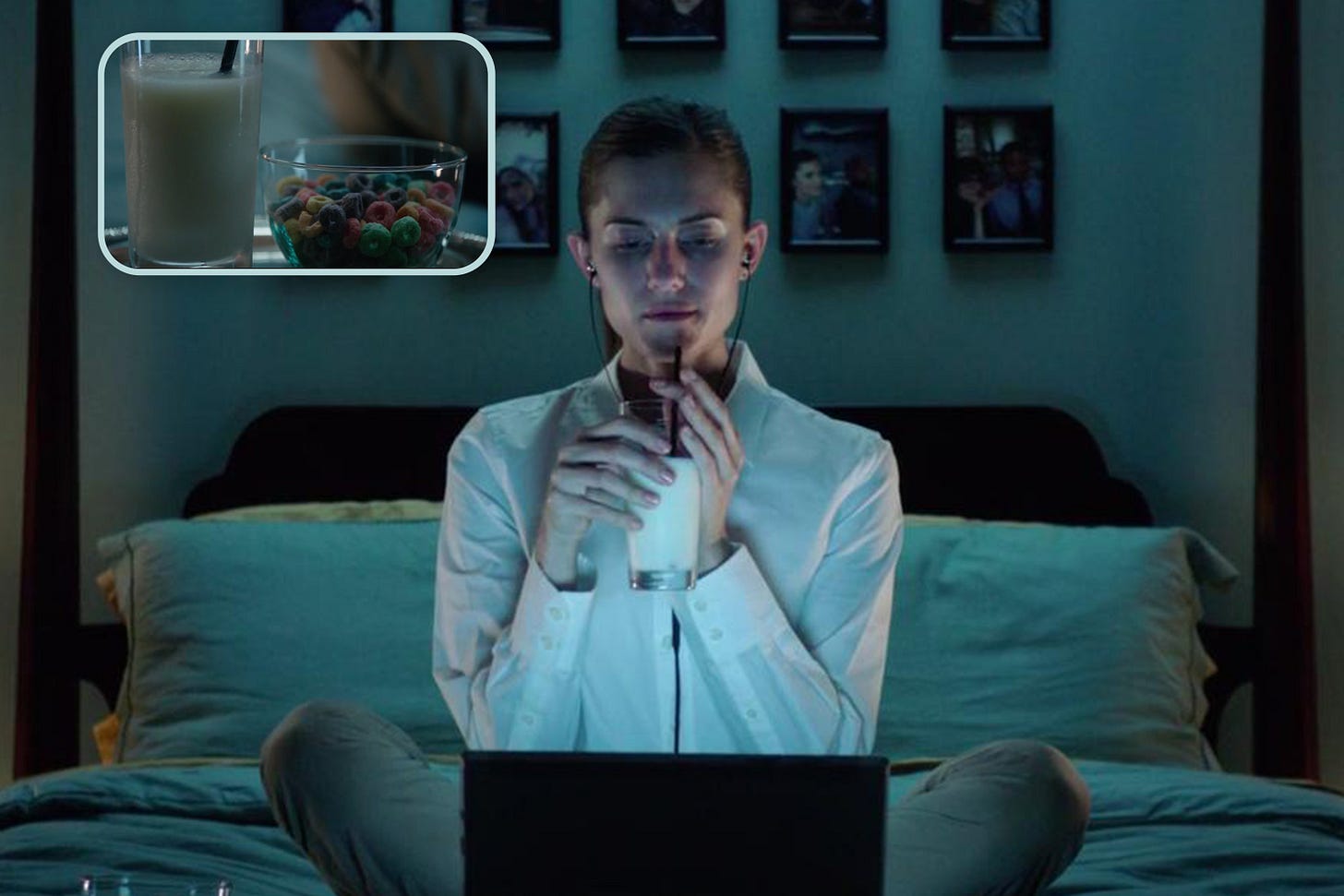
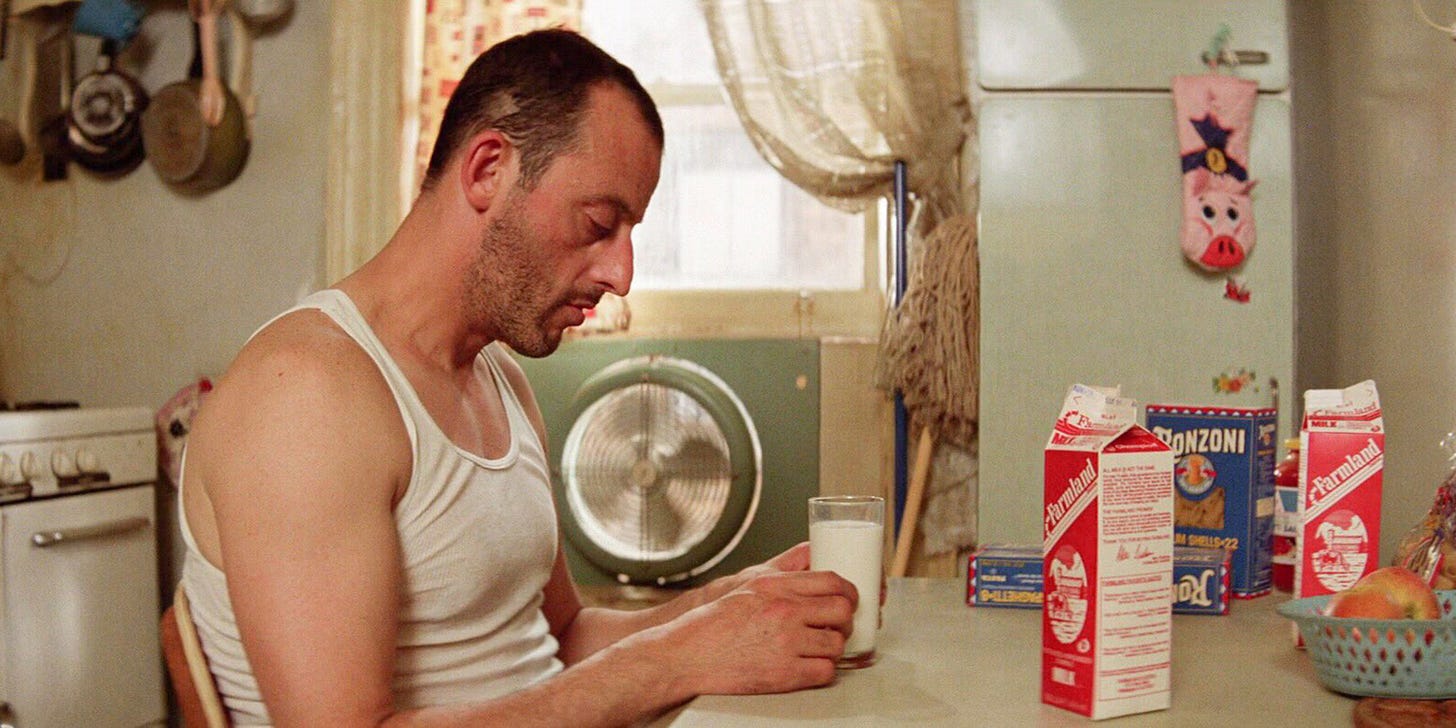
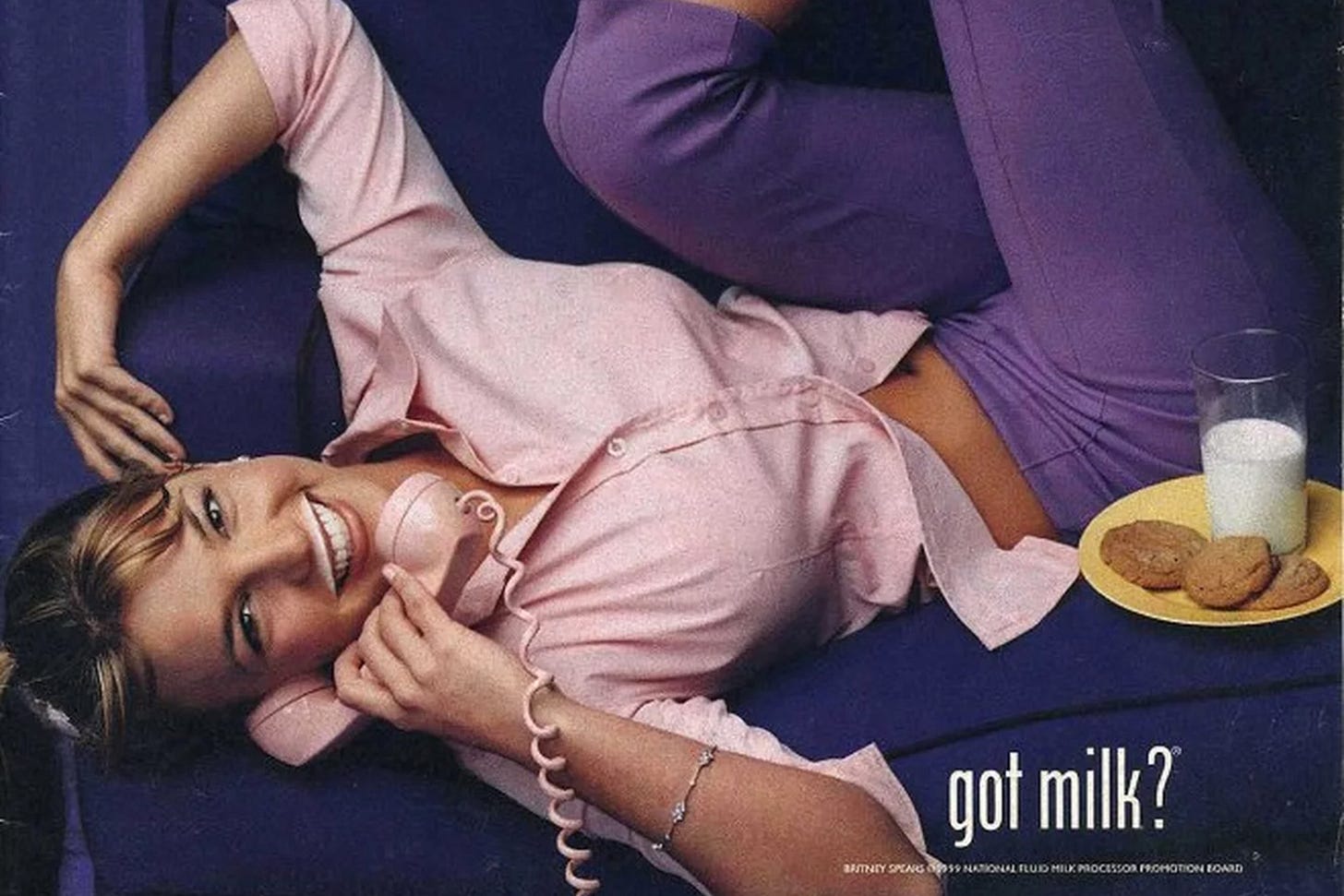
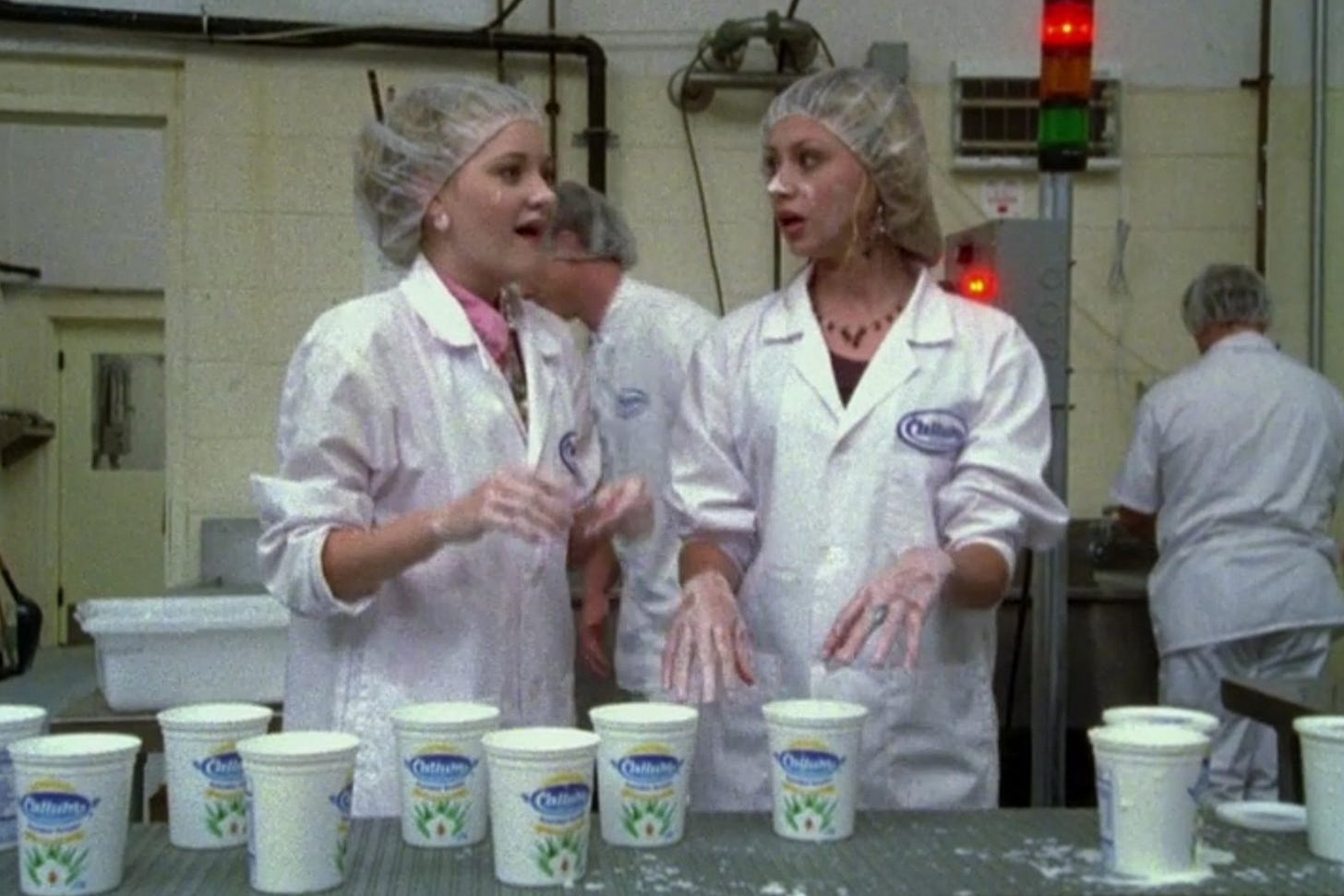
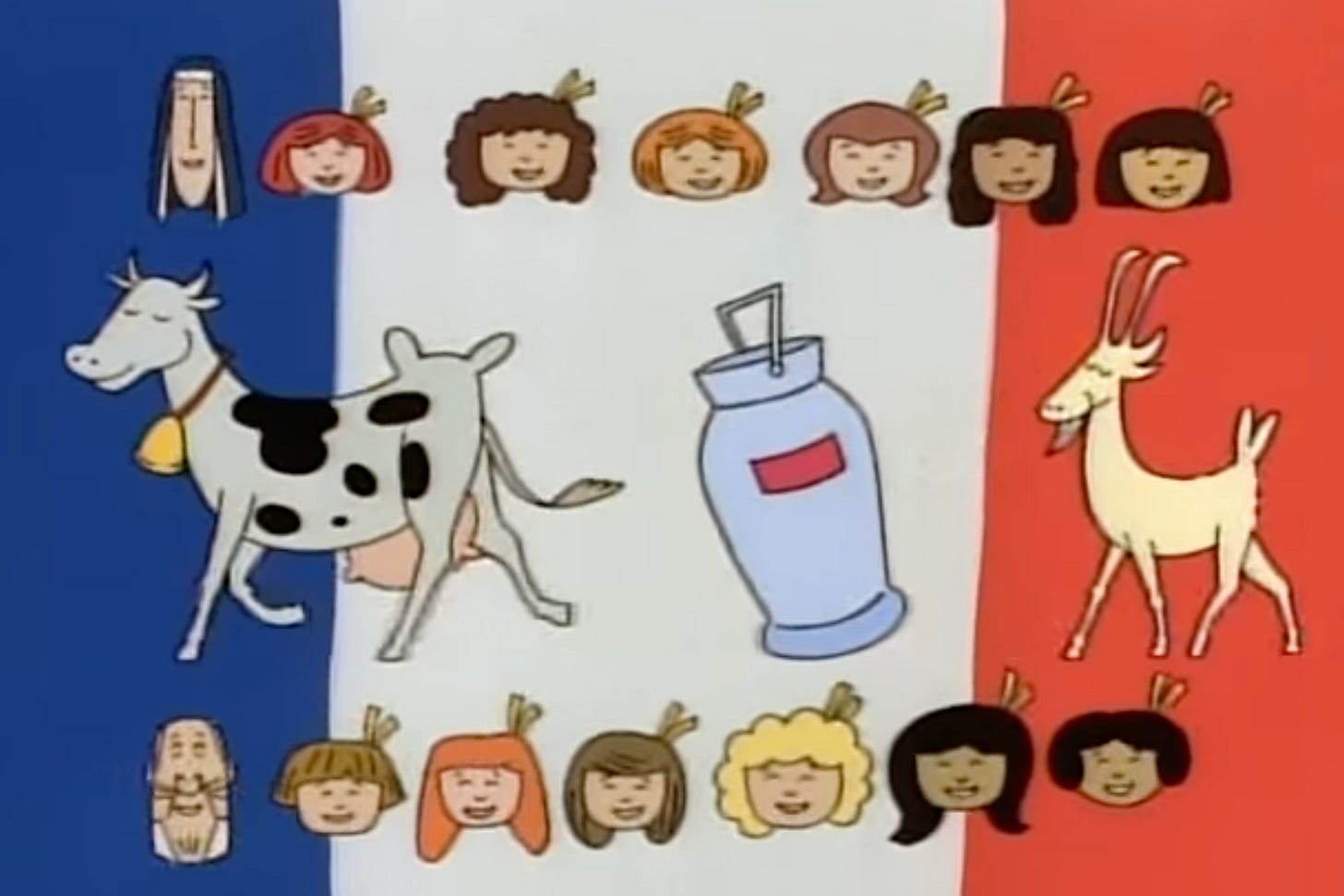
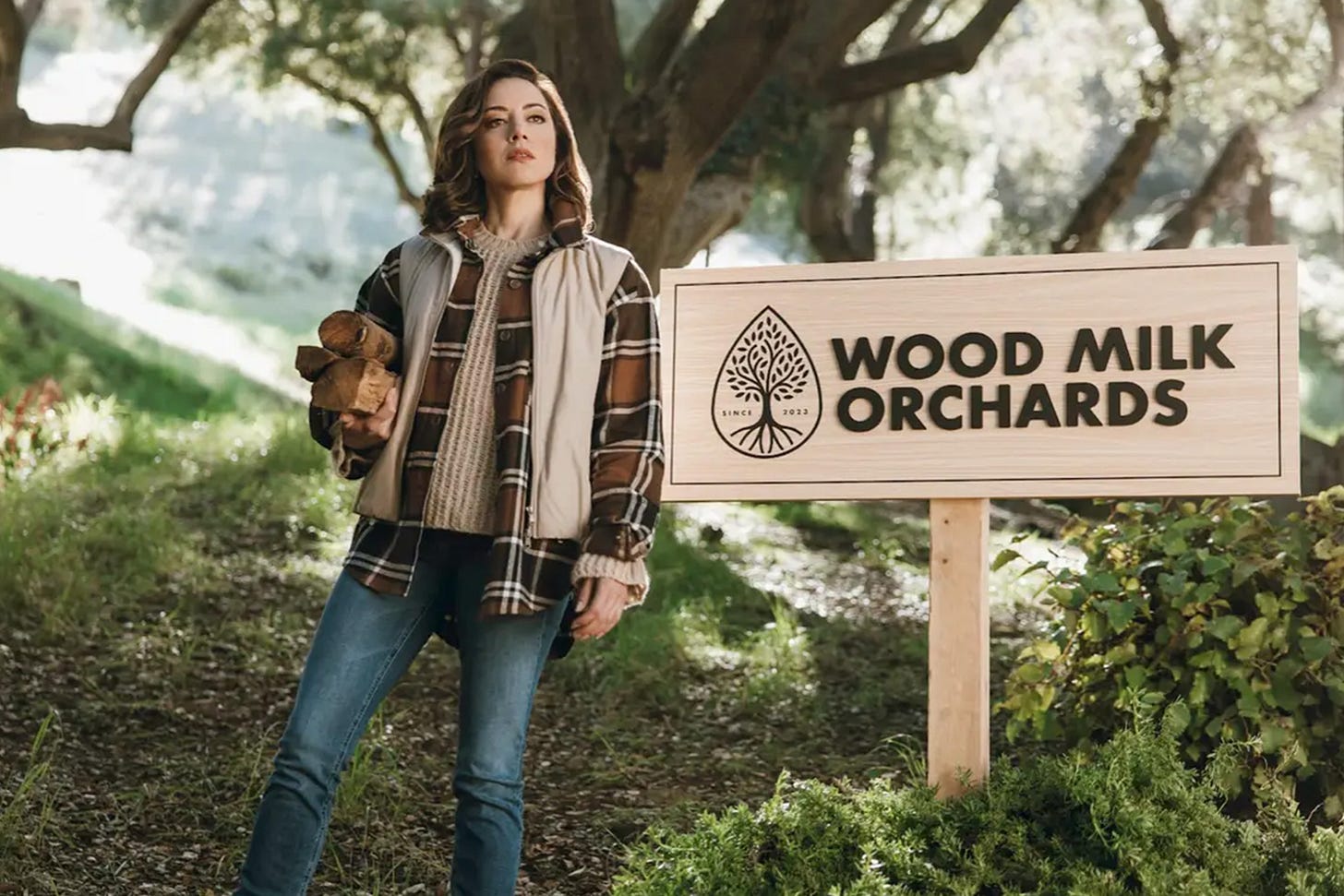
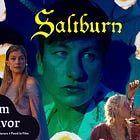

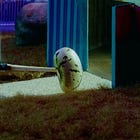


Looking forward to the cheese piece!
Great final photo, by the way.